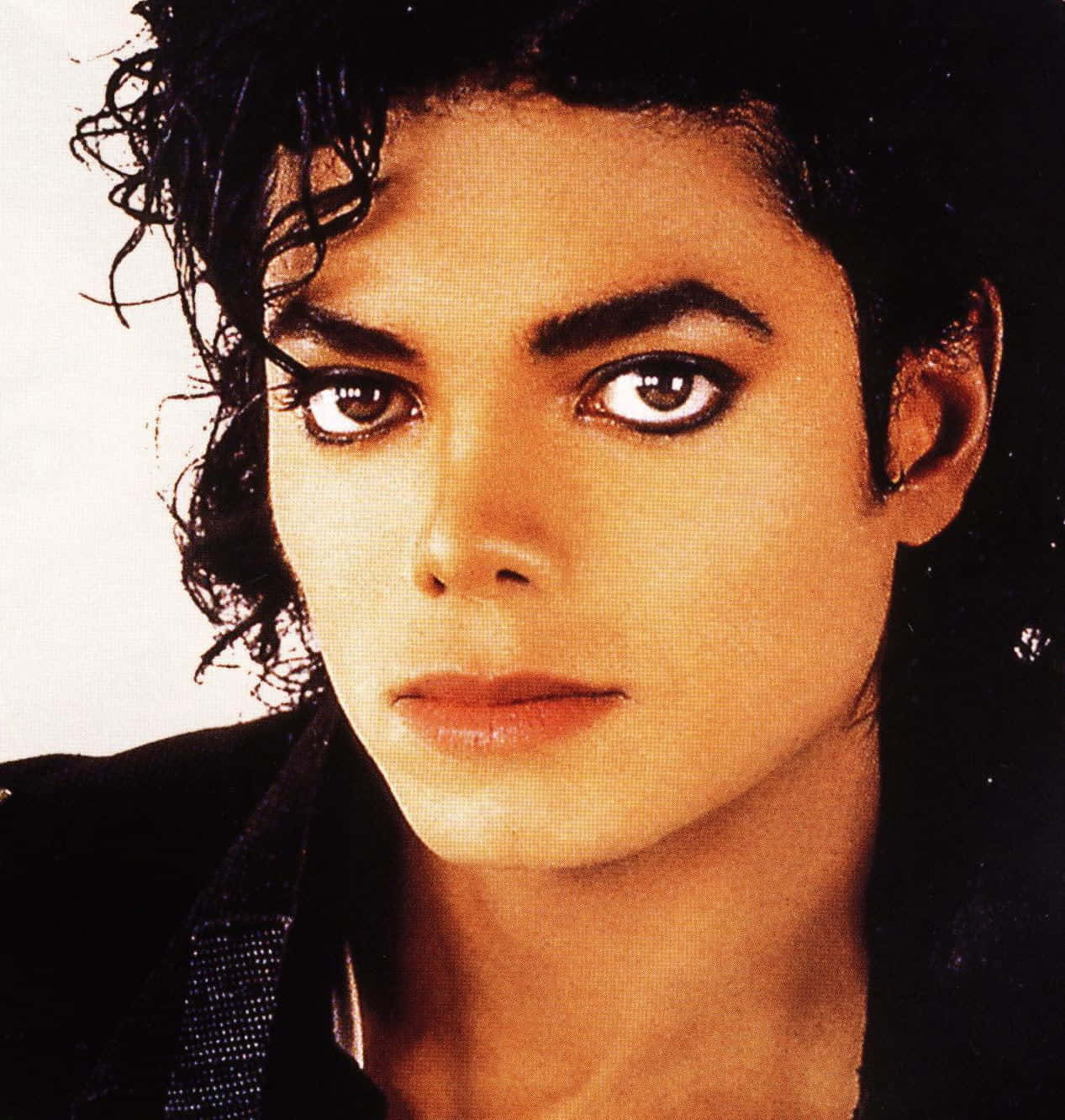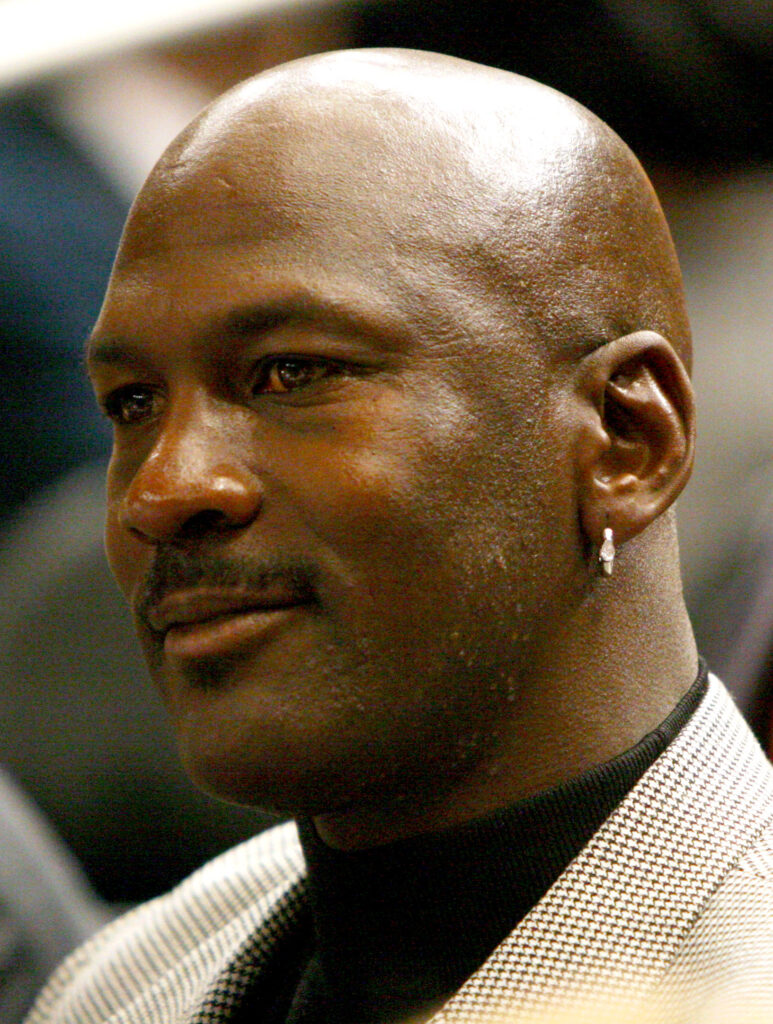
Michael Jordan. The name itself conjures images of gravity-defying dunks, clutch shots, and an unyielding will to win. He redefined basketball, leading the Chicago Bulls to six NBA championships and etching his name into the annals of sporting legend. Yet, decades after his final professional game, Jordan continues to dominate headlines, not just for his athletic prowess, but for an ongoing financial phenomenon that few, if any, athletes have ever come close to replicating.
His post-playing career earnings paint a picture of enduring marketability and unparalleled brand power. While many athletes fade into financial obscurity or rely on their playing contracts, Jordan’s income streams have not only remained robust but have actually soared to stratospheric levels. This article will delve into the astonishing financial architecture that allows Michael Jordan to earn hundreds of millions annually, even without stepping onto a basketball court, and explore the foundational elements of his enduring partnership with Nike that underpins this staggering wealth. It’s a testament to a unique synergy between athlete and brand, a partnership that didn’t just sell shoes but built a global empire, illustrating why he remains in a league of his own when it comes to long-term endorsement earnings.
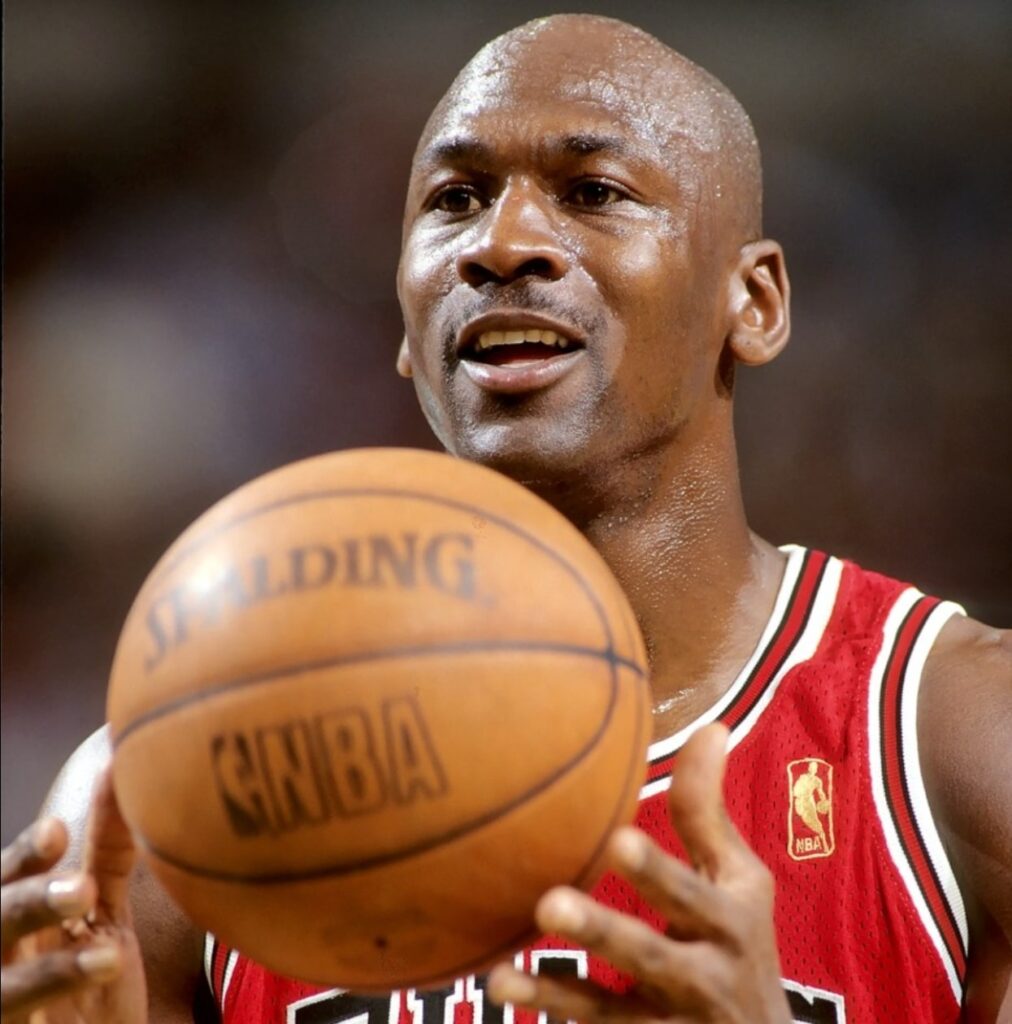
1. **Michael Jordan’s Astounding Annual Endorsement Earnings in Retirement**Imagine a world where a retired athlete, three decades removed from his prime, earns more in a year than the highest-paid active athletes on the planet. This isn’t a hypothetical scenario; it’s the reality of Michael Jordan’s financial landscape. In a stunning display of sustained market power, Jordan earned an estimated $300 million last year alone, without having played a single minute of professional basketball.
This figure is not only staggering on its own but also becomes truly remarkable when placed in context. To put it into perspective, his $300 million haul topped the $260 million earned by Cristiano Ronaldo, who currently stands as the world’s highest-paid active athlete. Jordan’s income significantly overshadows the annual earnings of countless sports stars still at the peak of their careers, highlighting the extraordinary enduring value of his personal brand and business ventures.
His outsized income in retirement is primarily a function of his transformative Nike partnership, a deal first inked after the Bulls drafted him in 1984. This financial prowess isn’t a recent development; it’s the culmination of decades of strategic branding and a partnership that revolutionized sports marketing. His career earnings have now pushed past an estimated $3 billion, a figure that, when adjusted for inflation, reaches an astonishing $4.15 billion, cementing his status as an unparalleled financial force.

2. **The Genesis of the Nike Partnership and Air Jordan’s Revolutionary Launch**The iconic partnership between Michael Jordan and Nike, a benchmark in sports marketing, had surprisingly humble and even uncertain beginnings. When the Chicago Bulls drafted Jordan in 1984, Nike was not the sportswear behemoth it is today. Adidas was 50% larger by revenue, Reebok was rapidly ascending, and Converse was the brand of choice for NBA stars like Magic Johnson, Larry Bird, and Julius Erving, which Jordan himself wore at UNC.
Jordan’s initial preference was to sign with Adidas. It took the foresight and persuasive power of his agent, David Falk—who coined “Air Jordan”—to guide him toward Nike. Falk encouraged Jordan to hear the company’s pitch, leading to an audacious offer: a five-year deal with a base pay of $500,000 per year, triple any other NBA sneaker deal then in existence. The “Air Jordan” brand launched 40 years ago, quickly crushing expectations with over $100 million in sales in its inaugural year, with Jordan entitled to royalties on every sale.
The brand’s initial launch was even marked by rebellious marketing genius. MJ’s first shoe with Nike was banned by the NBA for not meeting league color standards. Nike seized the moment, famously paying the fine and leveraging it with an iconic 1984 commercial. The ad declared, “On October 15, Nike created a revolutionary new basketball shoe. On October 18, the NBA threw them out of the game. Fortunately, the NBA can’t keep you from wearing them,” turning a setback into a powerful marketing message.

3. **Jordan’s Financial Trajectory: NBA Salary vs. Nike Royalties**From the very beginning of his professional career, Michael Jordan’s financial narrative was distinct, largely due to his revolutionary deal with Nike. During his rookie season in 1984, the Bulls paid him $555,000. While a respectable sum, his Nike deal, with a base of $500,000, quickly propelled his annual earnings far beyond his NBA pay through accumulated royalties, a dynamic that would largely define his financial career for many years.
For the majority of his illustrious career, Nike represented the biggest line item on his annual tax return. His salary increments, while significant, often paled in comparison to the burgeoning earnings from his shoe line. The consistent stream of royalties from Air Jordan sales provided a financial foundation that was both substantial and independent of his team salary, ensuring his long-term financial security.
There was a notable exception during his final two seasons with the Bulls in the late 1990s. His salary dramatically jumped from $3.85 million to an astonishing $30.14 million and then to $33.14 million, record-breaking contracts reflecting his unparalleled value. Even then, his total earnings for the 1997-98 season, including a wide swath of sponsorship deals beyond Nike, reached an estimated $80 million, underscoring the sheer scale of his brand even at the peak of his playing salary.
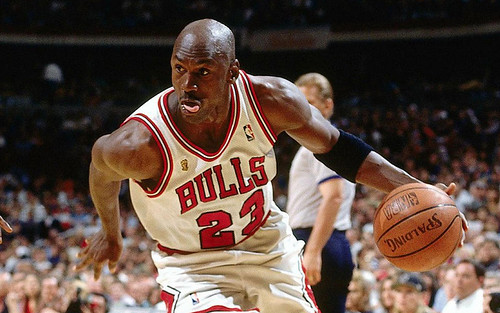
4. **The Strategic Evolution of the Jordan Brand Beyond Basketball**The Air Jordan brand, initially conceived as a groundbreaking basketball shoe line, has undergone a remarkable strategic evolution, transforming into a global lifestyle and fashion powerhouse. What started as performance footwear for the court has successfully crossed over into multiple sports, becoming a ubiquitous fashion staple and expanding its presence across diverse market segments. This diversification has been a critical component of its sustained growth and Michael Jordan’s ongoing financial success.
A significant aspect of this expansion has been the brand’s foray into women’s gear, recognizing immense market potential beyond its traditional male, basketball-centric consumer base. Furthermore, the strategic push into international markets has been pivotal. New Nike CEO Elliott Hill was instrumental in convincing Jordan about the vast potential of global expansion, leading to aggressive marketing and distribution efforts in countries across Asia and Europe, where Jordan’s global icon status resonated strongly.
The brand’s growth is not merely incremental; it’s exponential. In 2014, Nike first broke out Jordan Brand revenue, which stood at $1.9 billion. Since then, brand sales have skyrocketed by an astonishing 268%. This robust growth is a clear indicator of the successful diversification strategy, proving that the brand is much more than just a basketball shoe line; it is a cultural icon that continues to adapt, innovate, and thrive.
Read more about: Beyond the Red Carpet: Dissecting the Iconic Cars Celebrities Drive and the PR Machine Behind Their Public Persona
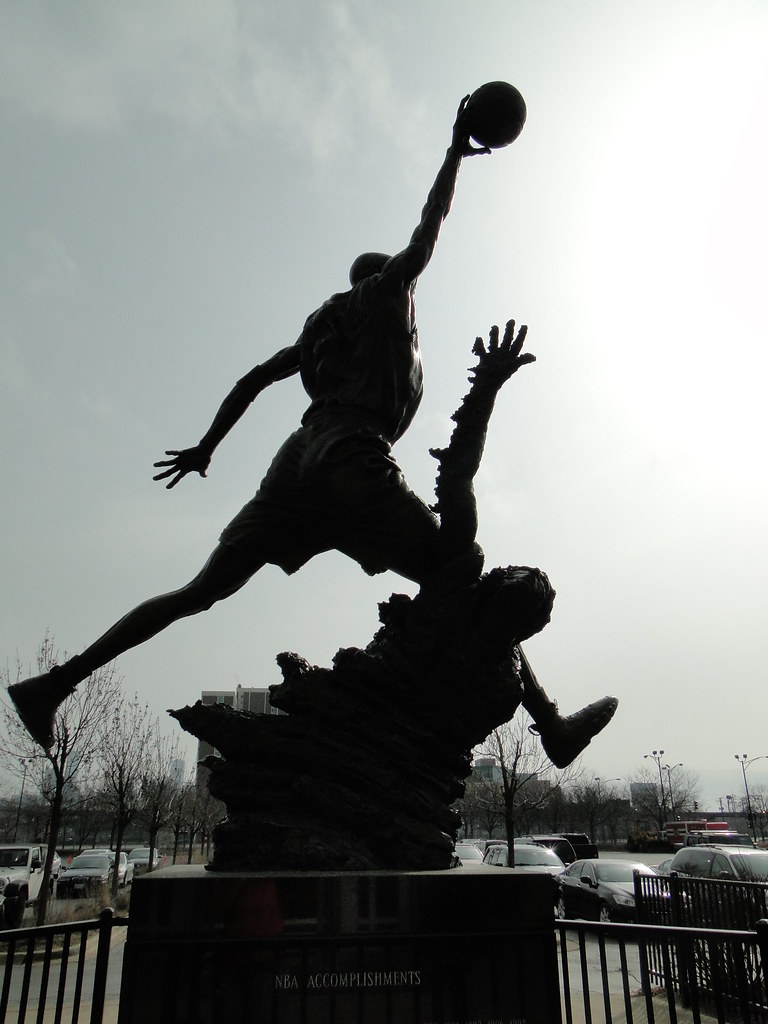
5. **Michael Jordan’s Estimated Royalty Rate and Its Industry Impact**The specific terms of Michael Jordan’s groundbreaking Nike contract have never been fully revealed, adding to the mystique of one of history’s most successful athlete endorsement deals. However, industry estimates, like Sportico’s conservative 4% of revenue, and other reports, suggest his direct royalty percentage from each pair of Air Jordan shoes sold by Nike is approximately 5%.
This estimated 5% royalty rate, while seemingly modest for someone of Jordan’s unparalleled influence, translates into an astronomical income given the sheer volume of Air Jordan sales. For instance, in 2020, when Air Jordan generated over $3 billion in revenue, this estimated percentage would have meant Jordan earned approximately $150 million that year alone. This continuous revenue stream ensures his annual earnings from Nike easily surpass $100 million.
To put this into perspective, Jordan’s estimated $130 million from Nike last year was four times as much as LeBron James, who holds the biggest shoe deal among active NBA players. This vast difference underscores the unique nature of Jordan’s deal, which is not just an endorsement but a true partnership where he earns a percentage of sales, setting a precedent for future athlete-brand collaborations and defining athlete endorsements in sports marketing.

6. **Nike’s Transformation and Market Dominance Fueled by Jordan**Before the arrival of Michael Jordan, Nike was far from the global sportswear titan it is today. In the mid-1980s, Adidas was 50% larger by revenue, Reebok was rapidly ascending, and Converse was more established in basketball. Jordan’s partnership with Nike revolutionized sports marketing and catalyzed Nike’s ascent to unparalleled market dominance, transforming itself from a “scrappy underdog” into one of the largest and most valuable consumer brands globally.
Today, the Nike Swoosh is ubiquitous. Nike’s $40 billion in revenue over the last 12 months represents an astonishing 60% more than Adidas’ and an incredible 43 times what it was before Jordan became part of the family. The stark contrast with Reebok, which posted lower revenue last year than it did in 1990, further highlights the scale of Nike’s victory, largely attributable to the Jordan effect, reflected in Nike’s market cap being three times the size of Adidas.
Nike now enjoys a virtual monopoly in the once highly competitive basketball sneaker business. According to NPD, Nike’s share of the performance basketball market, including the Jordan Brand, was a staggering 86% last year. Its share in the lifestyle basketball category soared to 96%. Seventy-seven percent of NBA players wore Nike or Jordan shoes during the 2019-20 season, solidifying a dominance that few brands ever achieve, all significantly amplified by Michael Jordan’s enduring legacy.
7. **Diverse Factors Determining Michael Jordan’s Share of Air Jordan Earnings**Michael Jordan’s commanding share of Air Jordan earnings isn’t merely a function of a single percentage point. Instead, it’s shaped by a complex interplay of contract agreements, innovative branding strategies, robust market performance, his unparalleled cultural impact, and savvy collaborations through limited editions. Understanding these interwoven factors is key to appreciating the depth and durability of his financial success with the brand.
The foundational element remains the intricate contract agreements defining the financial relationship between Michael Jordan and Nike. Reports consistently suggest Jordan earns approximately 5% of the sales revenue from Air Jordan products. This crucial percentage, outlined in their evolving licensing agreement since 1984, dictates the profit-sharing model. In 2020, for example, with Air Jordan generating over $3 billion in revenue, this estimated percentage alone translated into Jordan earning roughly $150 million from those sales, underscoring the lucrative nature of this long-standing structure.
Beyond the raw numbers, strategic branding and market performance are indispensable. Nike’s comprehensive marketing tactics, including endorsements from high-profile athletes and celebrities, have been pivotal in positioning the Air Jordan brand. Effective branding builds emotional connections with consumers, directly boosting Jordan’s earnings by driving higher sales revenue. According to a report by NPD Group in 2021, the sneaker market grew by 27%, with Air Jordans notably leading the segment, demonstrating consistent and strong market reception that directly correlates with Jordan’s higher royalty payments.
Michael Jordan’s unrivaled popularity and profound cultural impact also significantly influence his earnings. He transcends the realm of sports, functioning as a global cultural icon whose brand resonates deeply within both athletic and fashion circles. Events such as the 2020 release of “The Last Dance” documentary spectacularly reignited public interest in Jordan, which, in turn, spurred increased sales of Air Jordans and consequently, higher earnings for him.
Finally, strategic collaborations and limited editions provide a considerable boost to Jordan’s earning potential. Special releases, often carrying a higher price point due to their collectible nature and inherent exclusivity, generate immense media hype and demand. The 2021 collaboration with Travis Scott, for instance, exemplified the immense profitability of such ventures, leading to a considerable surge in Jordan’s income well beyond what regular sales alone would generate.

8. **The Enduring Cultural Impact and Marketing Genius of the Air Jordan Brand**The Air Jordan brand has long transcended its origins as groundbreaking performance footwear to become a global cultural phenomenon and a testament to marketing genius. It’s not just a shoe; it’s a symbol, a lifestyle, and a powerful narrative woven into the fabric of sports, fashion, and aspirational achievement. This enduring presence, decades after Michael Jordan’s retirement, highlights a brand synergy rarely seen in the commercial world.
A key pillar of this success is the brand’s sustained appeal across multiple generations. The unique blend of innovative design, cutting-edge technology, and Michael Jordan’s unparalleled status as a basketball icon transformed the shoes into a cultural touchstone. His competitive spirit and on-court artistry imbued the brand with an authenticity that captivated audiences worldwide. Even the resurgence of public interest sparked by documentaries like “The Last Dance” in 2020 demonstrated the enduring power of his legacy to drive consumer engagement.
The strategic vision behind the Air Jordan brand extended its reach far beyond the basketball court, successfully repositioning Jordan as a business mogul and a fashion icon. The brand’s expansion into lifestyle and casual wear, coupled with collaborations with designer lines and exclusive releases, significantly broadened its market appeal. This diversification proved that the Air Jordan brand could thrive in diverse segments, contributing immensely to its overall sales and cultural omnipresence.
Further cementing its cultural dominance is the brand’s aggressive and successful push into international markets. Recognizing the vast potential beyond its traditional consumer base, executives like former Nike CEO Elliott Hill played a crucial role in convincing Jordan about global expansion. This led to a focused marketing and distribution strategy in countries across Asia and Europe, where Jordan’s status as a global icon resonated strongly, effectively translating cultural admiration into unprecedented commercial growth.
Read more about: Robert B. Barnett: A Master Dealmaker Who Reshaped Washington’s Political and Publishing Spheres, Dies at 79
9. **Michael Jordan’s Crucial Role in Air Jordan Shoe Marketing and Design**Michael Jordan’s involvement with the Air Jordan brand is far more profound than a typical celebrity endorsement; he plays a truly crucial and active role in both the marketing and design aspects of the shoes. His influence is deeply embedded in the brand’s identity and has been a primary driver of its sustained success, shaping everything from product aesthetics to global campaigns.
Fundamentally, Jordan serves as the iconic face and quintessential brand ambassador for Air Jordan. His unparalleled status as one of basketball’s greatest players instills deep consumer trust and aspiration, making the “Jumpman” logo instantly recognizable globally. Furthermore, he actively contributes to the design and development of new shoe models, collaborating closely with Nike’s designers. This ensures that the footwear consistently blends innovative athletic performance with a distinct aesthetic appeal, directly reflecting Jordan’s vision and personal taste, as exemplified by iconic releases like the Air Jordan 1.
His persona is strategically leveraged in the brand’s marketing campaigns, generating excitement and immense consumer desire. The legendary “It’s gotta be the shoes!” campaign from the 1990s vividly illustrates how Jordan’s image and voice could elevate brand visibility and capture the public imagination. These carefully crafted marketing narratives highlight Jordan’s athleticism and style, making the shoes synonymous with excellence and cool.
Jordan’s expansive cultural influence drives the enduring popularity of the shoes. Having transcended sports to become a global icon, his connection helps position Air Jordans as more than just athletic footwear; they symbolize status, identity, and aspirational achievement. This deep cultural resonance significantly impacts sales performance and fosters remarkable brand loyalty. Consumers consistently associate quality and exclusivity with the Air Jordan name, contributing to a loyal customer base that eagerly anticipates new releases.
Moreover, Jordan’s engagement in collaborations with other designers and brands has been instrumental in creating limited-edition releases that generate massive hype. These strategic partnerships not only inject fresh creativity into design but also cultivate an aura of exclusivity and heightened desirability. The Air Jordan 1 Retro High OG “Cactus Jack” collaboration with Travis Scott, for instance, showcased massive demand and sold out rapidly, demonstrating the potent impact of Jordan-approved collaborative marketing ventures.

10. **The Unprecedented Growth of Air Jordan Sales and Michael Jordan’s Earnings Over Time**The trajectory of Air Jordan shoe sales and Michael Jordan’s corresponding earnings represents one of the most phenomenal success stories in sports and business history. From its revolutionary launch to its current multi-billion dollar status, the brand has demonstrated an extraordinary capacity for growth and enduring appeal.
The Air Jordan brand first launched in 1985, quickly crushing expectations with over $100 million in sales in its inaugural year. Its popularity surged dramatically through the late 1980s and early 1990s, directly fueled by Michael Jordan’s unparalleled on-court success and the Chicago Bulls’ championship dynasty. During this golden era, Air Jordan sales regularly reached millions of units annually, solidifying its place as a dominant force in the athletic footwear market.
While sales experienced a dip in the 2000s as new athletic shoe brands emerged and market dynamics shifted, the Air Jordan brand remarkably regained momentum in the 2010s. This resurgence was significantly boosted by the burgeoning sneaker culture and strategically executed limited edition releases, which created unprecedented levels of demand and excitement. By 2020, Air Jordan sales were so substantial they accounted for approximately 70% of Nike’s total basketball revenue, showcasing its renewed market dominance.
Michael Jordan’s earnings have consistently mirrored this impressive sales trajectory. While he earned modest endorsement fees during his early career, his earnings skyrocketed by the mid-1990s, driven by the immense popularity of Air Jordans and a growing portfolio of lucrative sponsorship deals. By 2022, Forbes estimated his net worth at around $2.2 billion, a significant portion of which stems directly from his stake in and earnings from the Jordan Brand. Today, Jordan continues to earn roughly $100 million annually from the Air Jordan brand alone, with his earnings demonstrating sustained growth as sneaker sales continue to thrive globally.

11. **Comparing Michael Jordan’s Air Jordan Earnings to Other Elite Athletes**Michael Jordan’s earnings from the Air Jordan brand stand in a league of their own, significantly surpassing those of virtually every other elite athlete in their respective endorsement deals and product sales. His financial arrangement with Nike has created a revenue stream that few, if any, have come close to replicating, underscoring the unique nature and success of their long-standing partnership.
Jordan has amassed cumulative earnings exceeding $1.3 billion from the Air Jordan brand alone since its inception in 1985. This astonishing figure remains unmatched by any other athlete’s earnings from their endorsement deals, highlighting the singular financial power of his brand association. His initial deal with Nike, which included royalties on every sale, set a precedent that has continued to pay dividends for nearly four decades.
The core of Jordan’s financial advantage lies in his unique endorsement structure, reportedly receiving approximately 5% of net sales from Air Jordan products. This model establishes a continuous, escalating revenue stream as the brand consistently generates billions annually. Unlike many athletes who receive fixed endorsement fees, Jordan’s percentage of sales ensures his income grows directly with the brand’s success, making it a true partnership.
The brand’s extraordinary market performance further accentuates this disparity. In 2020, Nike reported over $4.7 billion in revenue from the Jordan brand alone, a testament to its formidable market strength and Jordan’s unparalleled marketing appeal. This level of sustained brand success translates directly into the immense payouts Jordan receives annually, far exceeding what most active athletes can command.
To put this into perspective, consider comparisons to other top-earning athlete endorsements. While LeBron James, for example, holds one of the biggest shoe deals among active NBA players with Nike, estimates indicate he earns around $32 million annually from his shoe endorsements. Jordan’s estimated $130 million from Nike last year was four times as much as James, vividly illustrating the vast difference in earning power and the truly singular nature of Jordan’s financial legacy.

12. **Forecasting the Robust Future Earnings Prospects for Michael Jordan and the Air Jordan Brand**
The future earnings prospects for both Michael Jordan and the Air Jordan brand remain exceptionally robust, driven by a powerful confluence of factors that promise sustained growth and profitability. The brand’s deep foundations in loyalty, strategic market expansion, innovative collaborations, and its integral role within the global sneaker culture position it for continued financial success far into the future.
Brand loyalty plays a significant, almost irreplaceable, role in the sustained success of Air Jordan. Consumers share a profound emotional connection to the brand, a sentiment nurtured by Jordan’s enduring legacy and iconic performance. This loyalty encourages not only repeat purchases but also invaluable word-of-mouth marketing, ensuring a steady and reliable stream of revenue. Furthermore, vast market expansion opportunities, particularly in international territories such as Asia and Europe, are poised to yield substantial revenue growth, as Nike actively increases its focus on these burgeoning markets.
Strategic collaborations with fashion designers, artists, and influencers represent another critical avenue for future growth, effectively tapping into new and diverse customer segments. These partnerships amplify brand visibility and broaden its appeal. The increasing popularity of sneaker culture among young demographics worldwide also continues to drive demand, as sneakers are viewed as essential fashion statements, creating a fertile ground for Air Jordan’s continued dominance and growth.
Moreover, the diversification of product lines beyond traditional basketball shoes into apparel, accessories, and casual footwear enhances revenue potential significantly. This strategy allows the brand to cater to a broader audience and capitalize on current fashion trends, thereby boosting overall revenue streams. Concurrently, favorable economic factors, such as projected increases in disposable income, suggest that consumers will continue to invest in premium branded products, further supporting robust future earnings for the Air Jordan brand.
These multifaceted factors collectively underscore a remarkably strong potential for Michael Jordan and the Air Jordan brand to not only sustain their unprecedented earnings but also to achieve even greater financial milestones in the years to come. The legacy of ‘His Airness’ continues to defy gravity, not just on the court, but in the global marketplace, solidifying his status as a true financial icon whose influence seems limitless. His journey from an aspiring athlete to a titan of industry serves as a powerful testament to the potent combination of athletic greatness, marketing genius, and strategic business acumen.

